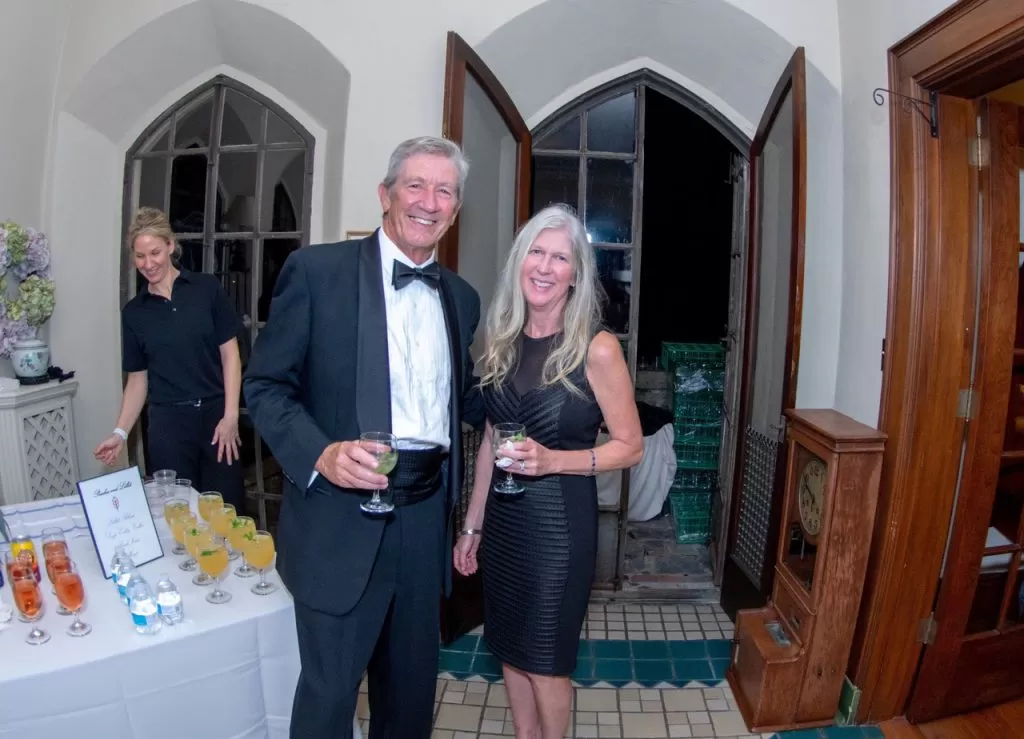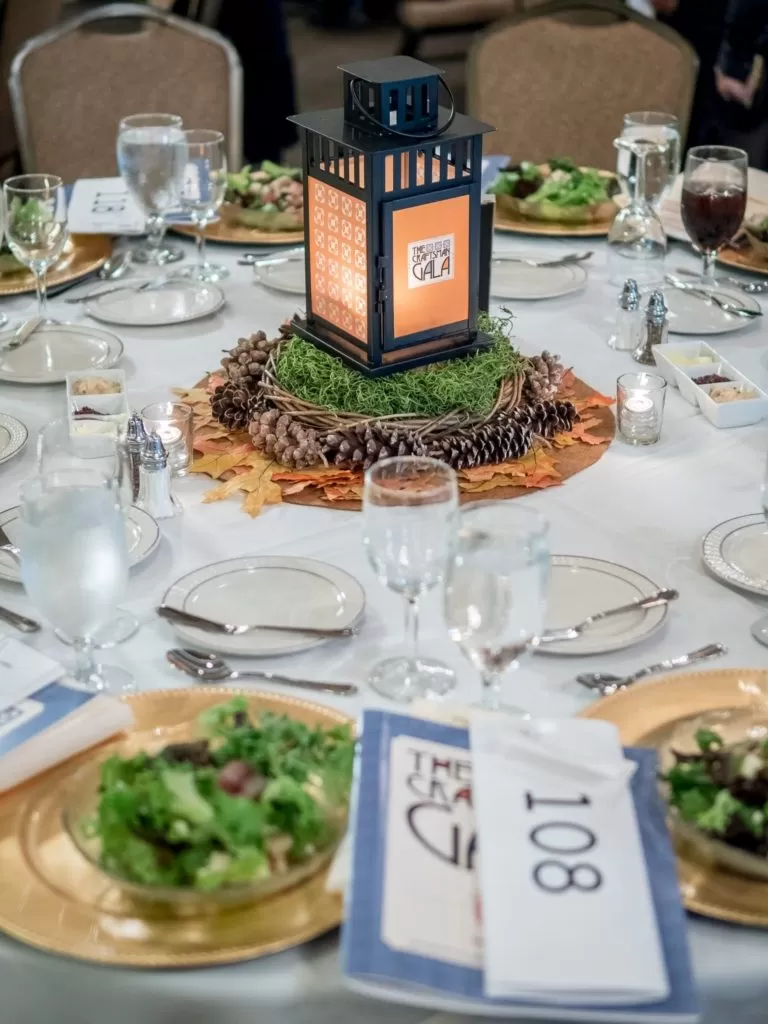Gala Season
In our rather sedate lifestyle here on our small farm outside Asheville, attending two black-tie galas within three weeks of each other is not a typical occurrence. More often, as I am getting into the car or my truck, Leigh Ann looks over at me and asks, “You’re wearing that?”
Our first gala of this fall season was for Asheville’s Preservation Society, where, after an absence of twenty-some years, I just went back on the 19-member board. I jokingly refer to my first term as a Preservation Society board member as being the “Bake Sale Era,” as we were struggling back in the nineties just to raise enough money to keep the doors open and the lights on.

I remained a member of the Preservation Society after I left the board, but did not realize until I again began sitting in on the monthly meetings how sophisticated the organization had become in preserving historic properties through easements and in raising the funds necessary to hire a fulltime director and office manager.
Next week Leigh Ann and I are headed to the Stickley Museum at Craftsman Farms for their annual gala. Typically, we fly, but our choices of ideal flight times have never dovetailed well with the events scheduled for the Stickley Weekend. So, this year we decided to take an extra few days and drive up from North Carolina, doing some touristy things on the way there and heading out to Fallingwater near Pittsburg on our way home from Craftsman Farms.

Whereas Fallingwater is about the last of the sites remaining on my Arts and Crafts bucket list, Craftsman Farms happened to be one of the first I was able to check off back in the early 1990s. The Minwax Company, whom I still represent as their media spokesperson, was then headquartered just a few miles from Craftsman Farms. An astute marketing director made arrangements for Minwax to purchase two towering, original, but painted chestnut china cabinets Gustav Stickley had his craftsmen design and make for the spacious kitchen around 1910.
The cabinets were shipped to Asheville, where I spent several weeks picking layers of purple and white paint out of the deep pores of the chestnut boards. As part of our arrangement, I then traveled up to the Stickley Museum at Craftsman Farms to assess and test various options for removing the non-original white paint a later owner had brushed onto the log walls.

I’ve been back to Craftsman Farms several times since then and each time I marvel at the improvements the township, which owns the property, and the staff and board members who manage it have made. Like my local Preservation Society, the staff and board have become more sophisticated, more advanced not only in the methods they employ to restore and preserve Craftsman Farms, but in generating grants and donations to enable the board to hire a few fulltime employees.


Nevertheless, both of these non-profit associations, which still remain grassroots organizations, depend on the generous contributions those of us who understand and appreciate their significance in order to achieve their stated goals, whether that be to preserve historic structures or educate the general public or both.
And you don’t have to tug on a tight-fitting tux to make a contribution to either your local Preservation Society or to the Stickley Museum at Craftsman Farms.
Until next week,
Make a contribution, make a difference.
Bruce
www.StickleyMuseum.org
